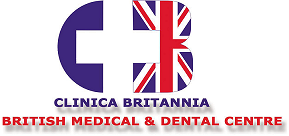What is Zirconium Crowns?
When tooth coating is required, biologically compatible materials should be used in the mouth. After using plastic biodent material on metal for many years, the use of porcelain over metal became popular in the 1980s. Especially in the last 30 years, porcelain making on metal as a porcelain tooth coating has become widespread all over the world.
However, the metal under the porcelain sometimes causes allergic reactions in some people. Gingival bruising, which causes major aesthetic problems in the anterior tooth area, has also been one of the disadvantages of metal-based porcelain tooth coatings. For this reason, intensive studies were started on full ceramic reinforced porcelains in the 1990s. However, no matter how much the porcelain material is strengthened, the use of only ceramics, especially in dental bridge applications, has not yielded successful results without infrastructure

